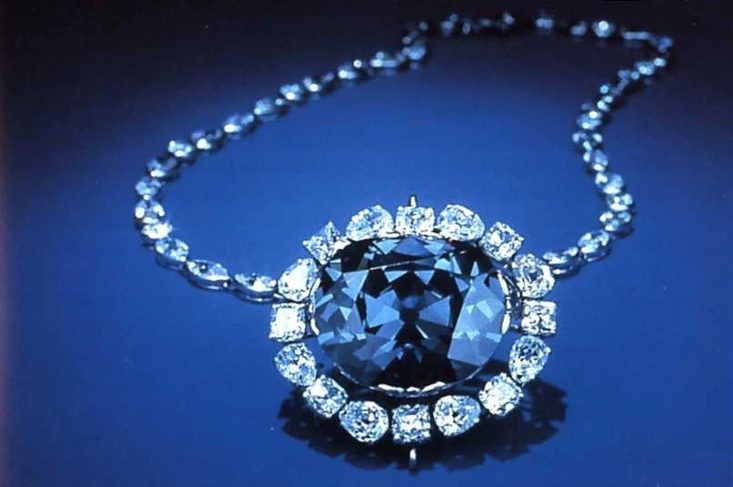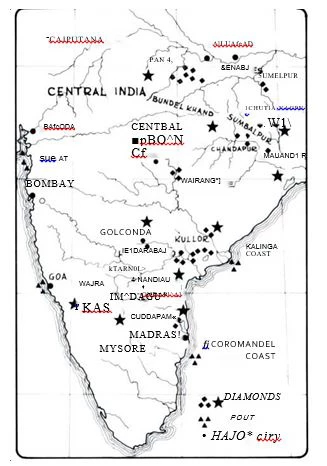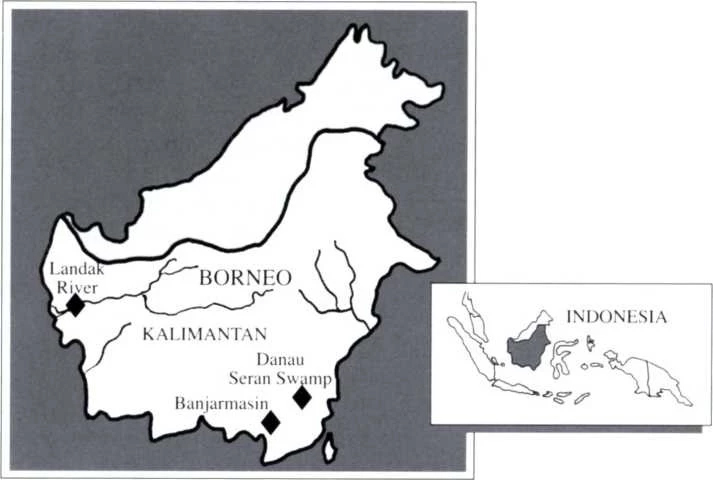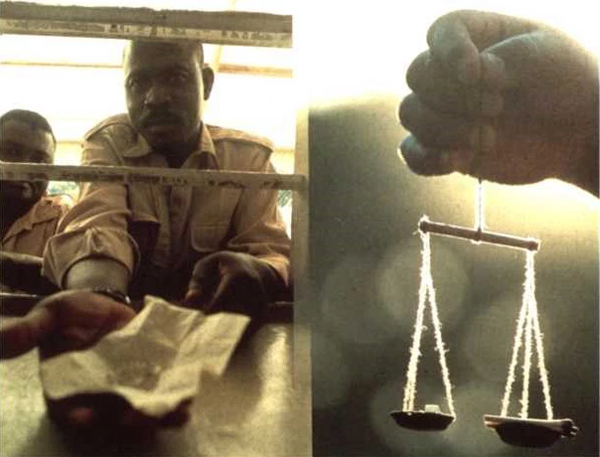INTRODUCTION
To the overwhelming majority of humanity, one gem stands above all the others. And while some may dispute whether it is the most beautiful of the various gemstones, its reputation as the most important is virtually unchallenged.
Its status is evident from a commercial point of view. The diamond business dwarfs the trade in any other type of gemstone, and today provides a livelihood to millions of people on six continents.
In terms of 20th century economics, the success of the diamond as a commodity is largely a result of the way in which it is marketed in its rough form. For more than 100 years, the diamond trade has been dominated by a single company. De Beers Consolidated Mines Ltd. Through its London-based trading arm, the Central Selling Organization, or the "Syndicate", as it is widely referred to in the trade. De Beers controls the distribution of about 85% of all rough diamonds to the world market.
Through its ability to control the How of diamonds into the market, De Beers has succeeded in sustaining the monetary value of the stone for decades and broadening the diamond's market base. Once considered the sole domain of the very rich, diamonds became in the 20th century merchandise within reach of the ordinary consumer.
The modern era of diamond history dates from the discovery of diamonds in South Africa. Before then, diamonds were mainly sourced in India, and later Brazil.
Diamond is the hardest natural substance known, with a value of 10 on the Mohs hardness scale. The difference in hardness between diamond and corundum, the material with a value of 9 on the Mohs scale, is far greater than the difference between corundum and talc, which has a value of 1.
This study is relevant to people involved in the trade and manufacture of gemstones. Studying a gemstone out of context provides only part of the picture. A colored gemstone of limited value may make for an intriguing gemological study, hut this would not necessarily reflect its importance from a business standpoint. The diamond is gemologically fascinating, but the need for an in-depth understanding of its gemological properties is even more important in light of the stone’s commercial role. So, too, is an insight into how it came to achieve this status.
ANCIENT REFERENCES
The Bible is widely regarded as containing the first references to the diamond. The verse that is cited most often is Exodus 28:18 which describes the breastplate worn by the high priest. Among the various stones which were set into it was the yahalom — as it was called in the original Hebrew. While some skepticism exists regarding the identity of that stone, in modern Hebrew the word for diamond is yahalom. Yahalom is again referred to in Ezekiel 28:13.
Another word, thought by some Bible commentators to refer to diamond, is shamir. Ezekiel 13:8 describes shamir as being harder than flint, Jeremiah 17:1 tells of its being able to cut characters in stone, and in Zechariah 7:12 it is compared to the hearts of the stubborn people, hardened against the words of the prophets who preceded him.
The word "diamond" is derived from the Greek word adamas, meaning "unconquerable." In earlier literature, adamas referred to iron or iron alloys, but by the first century B.C. it was being used to identify diamonds. In his 37-volume encyclopedia, Natural History, the Roman scholar Pliny the Elder tells of the legend of the Valley of Diamonds, which he says is found in the East. "The most valuable thing on earth is diamond," he wrote, "known only to kings and engendered in the finest gold. Six kinds are known and, of these, the Indian and Arabian are of such unspeakable hardness that when laid on the anvil they give the blow back with such force to shatter hammer and anvil to pieces."
An even earlier reference to diamonds was made in the Artha-Sastra, by Kautilya, which outlines the economic and legal system being used in India at that time. The manuscript reveals that diamonds were actively traded in the region, and describes the system by which they were regulated and taxed.

The Hope blue diamond is said to be part of the Tavernier Blue diamond, a gem from the Kollur mine in India
INDIA
India was the first known source of diamonds. There is evidence that alluvial diamonds were being extracted as far back as 800 B.C. Until the discovery of South African diamonds in the 19th century, all previous known diamond sources were secondary. That is. the diamonds were not found in their original host rock.
It is not known at what point Indian diamonds began reaching Europe. Periplus of the Erythean Sea, a navigational guide to the Indian Ocean and Red Sea written during the first century B.C., specified the Indian harbors for the diamond trade to Rome. After the Moslem invasion of India in the year 1000. the trade with Europe intensified. One of the earliest pieces of diamond-set European jewelry dates back to 1074. Set with uncut stones, it is the Crown of St. Stephen of Hungary, and was a gift from a Byzantine nobleman.
A 17th century French traveler. Jean-Baptiste Tavernier. provided a record of Indian diamond mining. In journeys to India between 1630 and 1688. Tavernier visited three mines — Soumelpour, Raolconda. and Kollur. The Kollur mine was the source of the 108-carat Koh-i-Nur. the 280-carat Great Mogul, the 140-carat Regent, and the I 12-carat rough Tavernier Blue. Tavernier sold the Tavernier Blue to Louis XIV of France, and it was later cut into three stones, including the 44-carat Hope Diamond. Soumelpour and Kollur were both in the Kingdom of Golconda, which today is located in the State of Hyderabad.
The method of extraction was relatively simple. A pit was dug, generally to a depth of 5.5 meters. The earth removed from the pit was placed into an enclosure, and water was poured over it. After several washings, only gravel and diamonds remained. Sieves were used to remove the smaller particles. There is evidence of pits reaching depths of 35 meters. Other mining was carried out in dry river beds on the surface.
No reliable records attest to the amount of diamonds mined in India before 1850. but an estimate as high as 30 million carats has been reported. Until the discovery of diamonds in Brazil in 1725, India was the major source of diamonds in the world; the only other source was Borneo (Kalimantan).
MINING REGIONS

Map of Indian diamond mining regions
Cuddapah: This is the most southern of the Indian diamond fields, on the banks of the Penner River. The most famous mine in the area is the Chinon. In the 19th century, mining was resumed, and several good finds were reported near Chennur. Diamonds were found in river beds at Condapetta and Woblapully.
Two of the most important mines in the region were Munimadagu and Wayra Karur, which is the reputed source of several of India’s most famous stones.
Nandial: The Nandial mining region is some 20km north of the Cuddapah region, closer to the Kistna River. Two of the better known mines in the region were Banganapalli and Ramulkota.
Golconda: This ancient mining area was home to the renowned mine at Kollur, the source of several of the world's legendary stones. Raolconda, of Tavernier fame, was also in the region.
Soumelpour: The mine at Hira Kund Island, on the Mahanadi River is the best-known of the mines in the region. In 1809, it produced a 210.6-carat stone. Another important mine is Chutia Nagpur, which in the 16th and 17th centuries was the source of several large diamonds.
Panna: Although Tavernier journeyed near this region, the account of his travels did not mention whether the mines were in operation. Old diggings can still be seen at Ramkheria, Hinota, Shahidan, Majhgavan and Angore. Panna is at present the only region in India where mining of significance is being carried out.
CURRENT MINING ACTIVITY
India is today a prominent member of the diamond community, but mainly as a manufacturing and trading center. Its mining activity is small in terms of world production.
The bulk of mining is in the Panna area in the State of Madhya Pradesh. Diamond rough is recovered from the nationalized mines of Majhgavan and Ramkheria, and is sold by auction by the National Minerals Development Corporation.
Output at the Panna mines is some 18,000 carats a year. Its rough is said to be 40% gem-quality, 40% near gem-quality, and 20% industrial. The rough is relatively large, reputed to have a faint tint, and is said to have a slightly lower specific gravity than South African stones.
Diamonds are also recovered by independent sub-contractors, or thekadars. Their goods are auctioned, and they receive the proceeds after a 30% royalty has been deducted by the state and federal governments.

Map of Borneo diamond regions: The Landak River. Banjarmasin and the Danau Seran Swamp.
BORNEO(INDONESIA)
Evidence exists that Chinese traders were present on the island of Borneo, in the South China Sea. in the Sung Period, which stretched from 960 to 1279. Europeans arrived in the 16th century. First the Portuguese invaded, and they were followed by the Dutch and the English. The Kalimantan region of Borneo eventually came to be controlled by Indonesia. In his 17th century account, Tavernier mentions that Borneo presented a gift of diamonds each year to the Emperor of China.
There are two prominent diamond-rich areas. The first is in the area of the Landak River, near the equator. The second is to the south, east of the Kalimantan capital of Banjermasin. A primary source, the Pamali kimberlite pipe, was discovered after World War I in the Bobaris Mountains.
Mining continued through the centuries, albeit at a very modest pace. Production during the 1970s was said not to exceed 30,000 carats a year. In the late 1960s, a 166.8-carat stone was found, and named the Trisakti.
In the 1980s, several foreign firms began prospecting projects in Kalimantan, particularly in the southeastern sector of the province. The largest of them, Australia-based Acorn Securities, stated that the area could develop into a world-class producer with deposits comparable to the West African alluvial fields. The company estimated that diamond production could exceed 90,000 carats a year.

Diamond trade in Africa
Wrong username and/or password!
We could not log you in.

 |